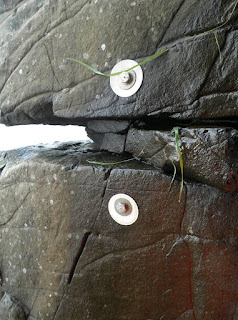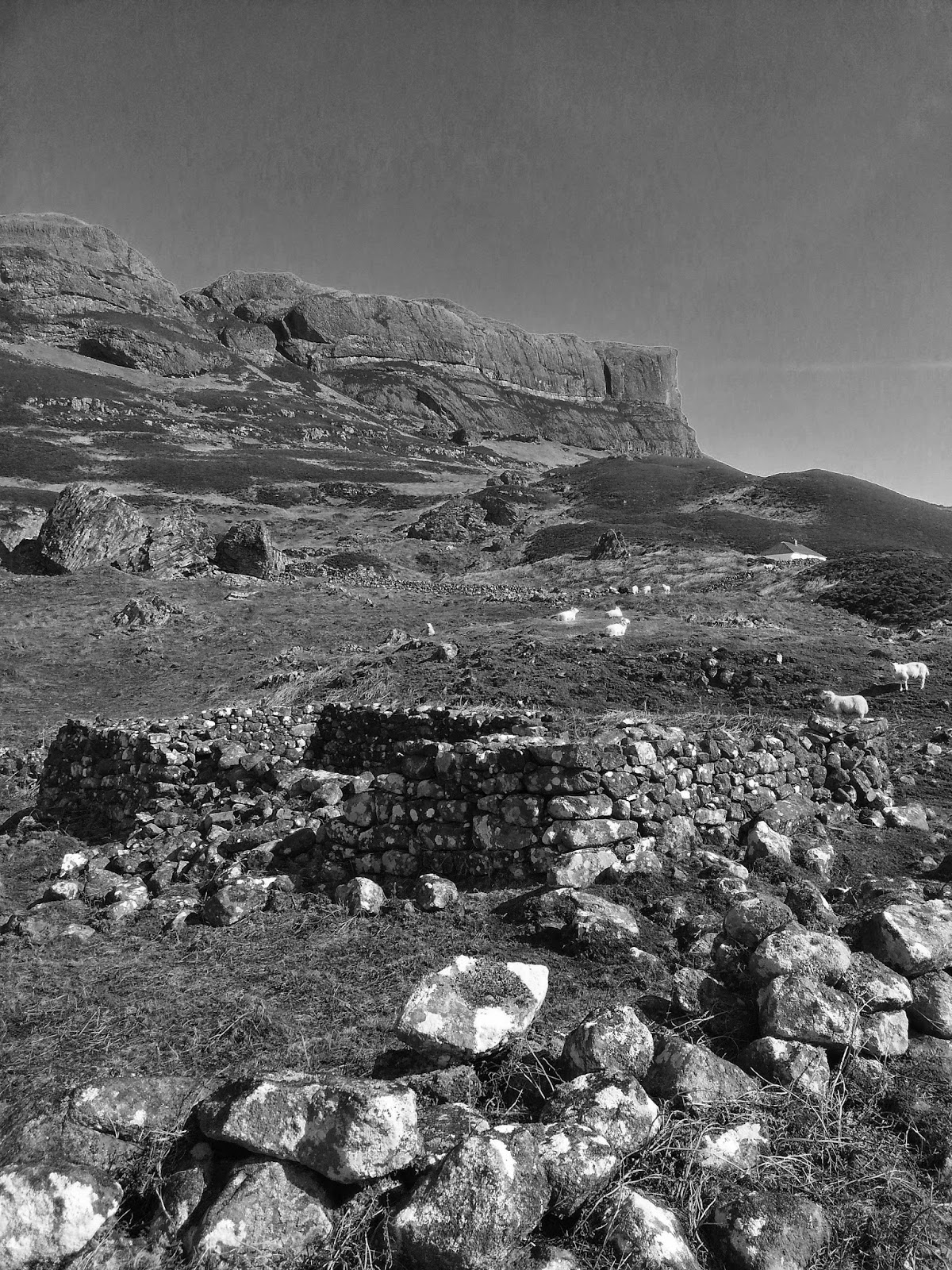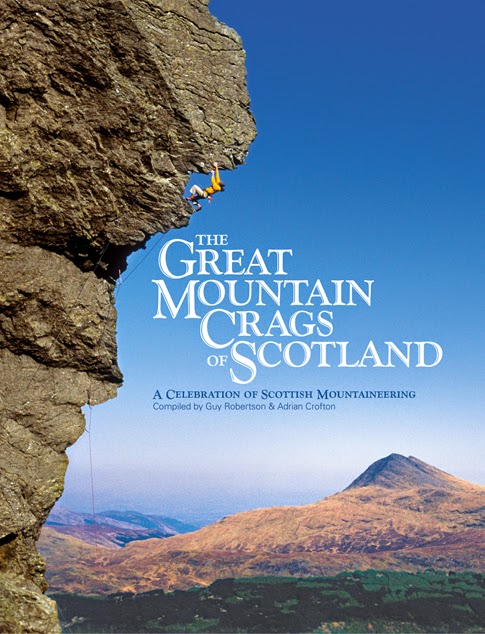Dumbarton Rock safety report
The recent geo-engineering survey at Dumbarton Rock, commissioned by Historic Scotland, on the NW face (main climbing area above the boulders) has thankfully found no major instability and we hope that responsible climbing can continue as normal at Dumbarton. The report summarises the situation thus:
'The principal potential hazard noted at the NW inspection area is unstable blocks becoming detached
from the face and falling onto areas below. It has been established through visual inspection of the area that the rock mass is generally tight, and although there are a number of well developed joint sets, there is little evidence that the intersection geometry is creating significant viable or active rockfall events. This is not say that rockfall will not occur, as from time to time material will dislodge from the face due to natural processes, but these are likely to be relatively infrequent and are impacting areas with only transient pedestrian traffic. Given these criteria – infrequent rockfall events and infrequent transient pedestrian traffic - It is considered that the risks to members of the public, both below the castle and within the walls of the Duke of York’s Battery area, may be managed through regular inspection and monitoring. The risk of instability and damage to the castle infrastructure may also be managed in the same manner. The installation of rockfall warning signs at the base of the slope to warn the public of the risks would be considered appropriate.'



